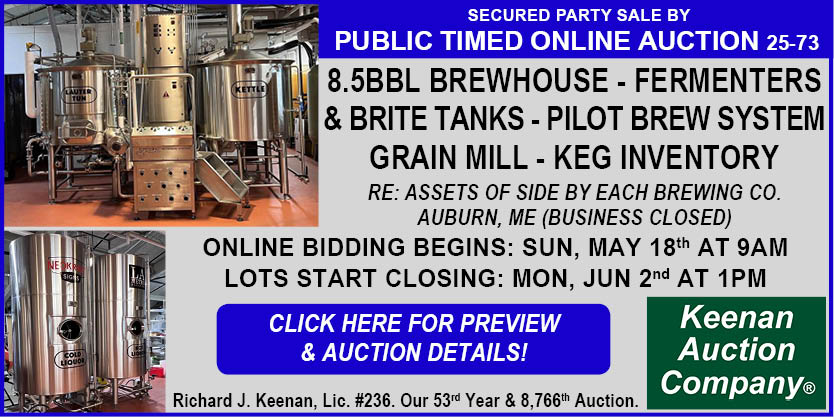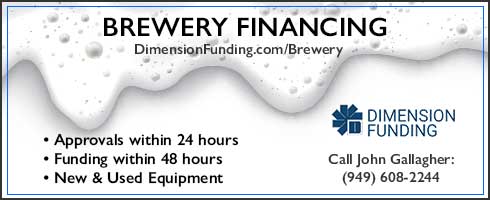Suddenly stopping can also lead to harmful consequences like seizures. Misuse of CNS depressants, whether through taking higher doses than prescribed or using them without a prescription, can lead to addiction, overdose, and long-term health issues. The next depressant we will examine is gamma-hydroxybutyric acid (GHB). It is an endogenous substance that can also be taken as a medication or used recreationally. Although it primarily acts as a depressant, it causes biphasic effects, with stimulatory effects occurring at low doses or for a short time initially. As mentioned earlier, barbiturate dependence is noted to be a considerable problem.
However, their misuse can lead to severe CNS depression, highlighting the importance of responsible use and awareness. In contrast, CNS depression directly impacts the central nervous system, leading to physical symptoms like slowed reflexes, slurred speech, and impaired motor skills. Understanding this distinction is vital for proper diagnosis and treatment. If you or a loved one is struggling with an addiction to a central nervous system depressant, know that you are not alone and there are treatment options available.
- GHB is also occasionally used as a date-rape drug due to the drug’s ability to induce unconsciousness and amnesia.
- A depressant, by definition, reduces or diminishes a function or activity.
- Because they are weak acids, barbiturates are readily absorbed after oral administration.
- If you live with treatment-resistant clinical depression, talk with a health care provider about TMS.
A person who wishes to stop using a CNS depressant may need to stop gradually to prevent adverse effects. Also, the individual may need more and more of the drug to experience the same benefits. Some people may need rehabilitation therapy to stop using the drugs. Continued use of some CNS depressants can be harmful long-term, as the body becomes unable to flush out these substances. Combining different CNS depressants, such as painkillers and alcohol, can be life-threatening. Recreational use can be illegal and dangerous, as people may not understand the risks of misuse.
Drug Categories
Many individuals initially use these substances to self-medicate for conditions such as anxiety, insomnia, or chronic pain, seeking relief from uncomfortable symptoms. However, this can lead to a cycle of dependency as tolerance builds, prompting users to consume higher doses to achieve the desired effects. Furthermore, societal pressures and the stigma surrounding mental health may drive some to turn to substances instead of seeking professional help. CNS depressants work by slowing down your brain activity, which is why it’s great for conditions like anxiety and sleep disorders.
- They have fewer side effects and less risk of dependence than other CNS depressants.
- A drug called flumazenil can reverse the serious effects of benzodiazepines.
- The exact effects of inhalants also vary, but they typically follow four stages (see figure below).
- There appears to be a dynamic relationship between GHB and GABA in that each is a precursor as well as a by-product of the other.
- Her expertise focuses primarily on mental wellness and women’s health topics.
Treatment facilities will tailor treatment plans to the individual and include different types of therapies to help the patient replace negative behaviors with healthier ones. Cognitive behavioral therapy (CBT) is particularly helpful in treating CNS depressant abuse. This type of therapy focuses on modifying a patient’s thinking, expectations, and behaviors while simultaneously increasing their skills for coping with various life stressors. Additionally, CNS depressants are often used in conjunction with another drug or substance, and treatment plans will also address any polydrug abuse to ensure lasting recovery. While opioids vary tremendously in strength, addictive potential, and other aspects, they tend to be very chemically similar and typically have similar effects. While opioids are considered extremely effective for treating pain, they are also some of the most addictive and dangerous drugs in the world.
It is also easier to manufacture than most other club drugs, making it an attractive alternative. GHB is also occasionally used as a date-rape drug due to the drug’s ability to induce unconsciousness and amnesia. It is colorless and odorless and can be easily poured into a drink without notice. Barbiturates are positive allosteric modulators of GABAA receptors.
In 2020, the Food and Drug Administration (FDA) strengthened their warning that benzodiazepine use can lead to addiction. Combined with alcohol, opiods, and other CNS depressants, they can be life-threatening. Some people also use opioids and opiates, such as heroin, as recreational drugs. Some of these substances, for example, codeine, are present in medications for coughs or diarrhea. CNS depression does not only result from the use of medications and other substances. But, high doses of these drugs can reduce the activity of the CNS to dangerously low levels.
Sleep Medications
Overdoses of prescription painkillers in the U.S. is a growing problem, especially among women, according to the Centers for Disease Control and Prevention (CDC). Addiction to CNS depressants may see a person experience social and family problems, difficulty working, and an inability to function in daily. Some types of CNS depressant can also have long-term effects, causing someone to have difficulty thinking, confusion, speech problems, loss of coordination, and muscle weakness. Prescription benzodiazepines and opioids carry the highest level of warning from the U.S. These can treat seizure disorders and anxiety, but doctors rarely prescribe them nowadays. These are chemically different from other CNS depressants, but they work by stimulating the same inhibitory neurotransmitter, GABA.
If they stop using the drug, the original symptoms can return more severely than before. Sometimes, a person may not realize they are at risk of an overdose, such as when they use opioid pain relief medication and then drink alcohol. Many medically prescribed and high-dose depressants are also common street drugs, and some people use them recreationally.
However, it’s a short-acting drug and might need to be administered several times before a person recovers. Barbiturates are drugs typically used to treat anxiety and sleep disorders. Some of the most common types include Luminal, Amytal, and Nembutal. CNS depressants have a compound called gamma-hydroxybutyrate, which is also naturally present in the body and gets converted into gamma aminobutyric acid (GABA). GABA is an inhibitory neurotransmitter that inhibits brain activity, inducing a calming effect and drowsiness essential for treating narcolepsy.
4. Inhalants
They remain in use as anticonvulsants, general anesthetics, and what is cns depressant antagonists to the effects of certain stimulants. Now that we have covered stimulants, it is time to move on to drugs that have opposing effects. In this chapter, we will examine a variety of depressants and learn about how they alter neurotransmission to reduce the activity of the central nervous system. Examples of CNS depressants include tranquilizers, hypnotics, and sedatives. In recent years, doctors have prescribed opioid painkillers for many conditions, but overuse of these drugs can lead to problems.
Drugs and Behavior
Intermediate- and short-acting barbiturates like pentobarbital and secobarbital have moderate lipid solubility. They are absorbed faster and have an onset of action of about 30 minutes, but their effects do not last as long as phenobarbital (up to 8 hours). The faster onset means these are used most often as sedative-hypnotics.
For the last chapter in this unit, we will take a detailed look at alcohol, the most infamous depressant of all. Much of the terminology used to describe alcohol’s effects will have already been introduced in this chapter, so make sure you are comfortable with this chapter’s material before moving on. At higher pharmacological concentrations, GHB the drug activates GABAB receptors, which is the mechanism of its CNS depressant properties. The differential actions of GHB on GABAB and GHB receptors likely explain the biphasic depressant and stimulatory effects of GHB with decreasing concentrations of GHB in the system. As such, their reabsorption in the renal tubules can be affected by urinary pH. In the case of poisonings, an antidotal measure is acidification of the urine with ammonium chloride. The reduction in urinary pH causes more and more of the barbiturate to become ionized.
The spinal cord handles nerve impulses, allowing your brain to communicate with the rest of your body. The central nervous system (CNS) consists of the brain and the spinal cord. Timothy J. Legg, PhD, CRNP Answers represent the opinions of our medical experts. All content is strictly informational and should not be considered medical advice.
Combining substances
Mild symptoms may include drowsiness and impaired coordination, while more severe symptoms can involve respiratory depression, coma, and death. In severe cases, CNS depression can lead to respiratory failure and death, especially when combined with other CNS depressants like alcohol. Because inhalants are a heterogeneous collection of chemicals, it can be difficult to summarize drug actions. Inhalants often are allosteric modulators of GABAA receptors as well as antagonists at glutamate NMDA receptors. Both actions result in decreased CNS activity and depressant effect.
Sleep medications like Ambien work by slowing down brain activity, which makes them a good choice if you have a sleep disorder. They have fewer side effects and less risk of dependence than other CNS depressants. Long-term or recreational use can lead to dependence and addiction. If you suffer from insomnia, anxiety, panic attacks, or seizures, your doctor may prescribe a class of drugs called central nervous system (CNS) depressants. These medications are designed to slow your brain down, relax your muscles, and provide a sense of calm. There isn’t a lot of research on treating people for addiction to prescription CNS depressants.
Common Uses of CNS Depressants
If it is a result of the misuse of CNS depressants, certain medications are prescribed. These substances are referred to as CNS depressants because they affect the activity of your CNS. Another major cause of CNS depression in people who have no history of using CNS depressants is brain injury.



